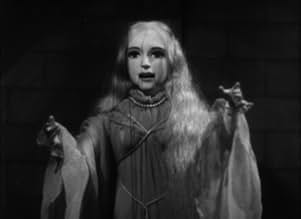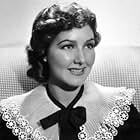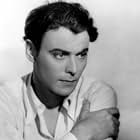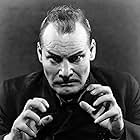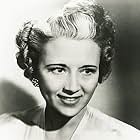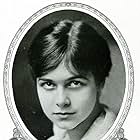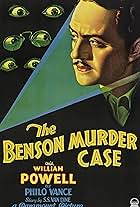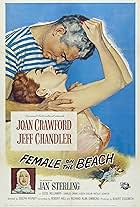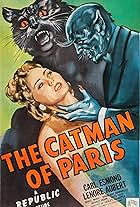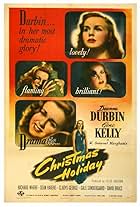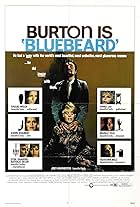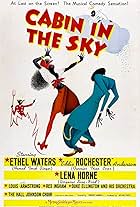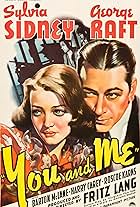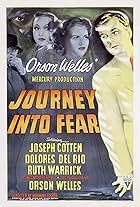IMDb रेटिंग
5.9/10
2.2 हज़ार
आपकी रेटिंग
अपनी भाषा में प्लॉट जोड़ेंIn Paris, an artist hires portrait models, and after he finishes their portraits, he strangles them.In Paris, an artist hires portrait models, and after he finishes their portraits, he strangles them.In Paris, an artist hires portrait models, and after he finishes their portraits, he strangles them.
Ludwig Stössel
- Jean Lamarte
- (as Ludwig Stossel)
Harry Cording
- Policeman
- (बिना क्रेडिट के)
Frank Darien
- Inquiry Judge
- (बिना क्रेडिट के)
Bess Flowers
- Courtroom Spectator
- (बिना क्रेडिट के)
Mabel Forrest
- Woman
- (अपुष्टिकृत)
- (बिना क्रेडिट के)
Eddie Hall
- Paul
- (बिना क्रेडिट के)
कहानी
क्या आपको पता है
- ट्रिवियाFeatures John Carradine's own favorite performance.
- गूफ़When the artist is going to paint the model "unobserved", it's done so by arranging mirrors so he can see her but she supposedly can't see him. In reality, however, no matter how many mirrors you use or how you arrange them, if you can see another person in the reflection(s), they can see you.
- भाव
Gaston Morrell: Lucille, I want to tell you something no other living person knows...
- कनेक्शनFeatured in Creature Features: The Mummy/Bluebeard (1971)
- साउंडट्रैकFaust
(1859) (uncredited)
Written by Charles Gounod
Excerpts played and sung in English at the marionette show
Excerpts played often in the score
फीचर्ड रिव्यू
Bluebeard is probably most notable for the fact that its lead star, John Carradine, famously named his role here as his favourite across his lengthy list of film credits. It's easy to see why the man himself enjoyed playing this part so much too - Carradine's role in Bluebeard allows him to act at his most sinister, and the film really depends on him as this is very much a one-man story. Carradine has just the right look for this sort of role also, and all these elements combine nicely to ensure that Carradine's part in this film is a success. The base for the plot is one of cinema's most common and most prolific, but this film is notable for being one of the earlier films to use it. We follow a deranged madman who likes to paint girl's pictures before he strangles them to death. The man himself is famous for two completely different lives; in one, he is the notorious serial killer 'Bluebeard', who prays on beautiful young women - and in the other he's Gaston Morrell, a dapper up and coming young painter. This film's major problem is certainly not with the plot, stars, or style; it's with the plotting.
Bluebeard falls down primarily because it moves at snail pace. The plot is intriguing, but the way it presents itself is the opposite, and it's a shame because, if handled with care, this film could have been really good instead of just being good. Director Edgar G. Ulmer is most famous for his directing credit on classic film 'The Black Cat', and is lesser known for his set design on films such as Fritz Lang's Die Nibelungen, M and Metropolis; as well as silent classics; Sunrise and Der Golem. Ulmer's previous experience helps him with Bluebeard, as the film is constantly atmospheric, and the director makes best use of his simple sets by way of his use of the camera and the murky black and white cinematography. The film is very bleak throughout, and this massively helps the plot as it gives the film just the right amount of foreboding. Plots like this have been turned into better films since the release of this film over sixty years ago; but Bluebeard is still well worth seeing. The film starts out slow, but it does pick up and not even an extremely overlong puppet sequence can fully degenerate the film into the realms of absolute boredom. It's not must see; but worth seeing if the chance presents itself.
Bluebeard falls down primarily because it moves at snail pace. The plot is intriguing, but the way it presents itself is the opposite, and it's a shame because, if handled with care, this film could have been really good instead of just being good. Director Edgar G. Ulmer is most famous for his directing credit on classic film 'The Black Cat', and is lesser known for his set design on films such as Fritz Lang's Die Nibelungen, M and Metropolis; as well as silent classics; Sunrise and Der Golem. Ulmer's previous experience helps him with Bluebeard, as the film is constantly atmospheric, and the director makes best use of his simple sets by way of his use of the camera and the murky black and white cinematography. The film is very bleak throughout, and this massively helps the plot as it gives the film just the right amount of foreboding. Plots like this have been turned into better films since the release of this film over sixty years ago; but Bluebeard is still well worth seeing. The film starts out slow, but it does pick up and not even an extremely overlong puppet sequence can fully degenerate the film into the realms of absolute boredom. It's not must see; but worth seeing if the chance presents itself.
टॉप पसंद
रेटिंग देने के लिए साइन-इन करें और वैयक्तिकृत सुझावों के लिए वॉचलिस्ट करें
- How long is Bluebeard?Alexa द्वारा संचालित
विवरण
- चलने की अवधि1 घंटा 12 मिनट
- रंग
- पक्ष अनुपात
- 1.37 : 1
इस पेज में योगदान दें
किसी बदलाव का सुझाव दें या अनुपलब्ध कॉन्टेंट जोड़ें





